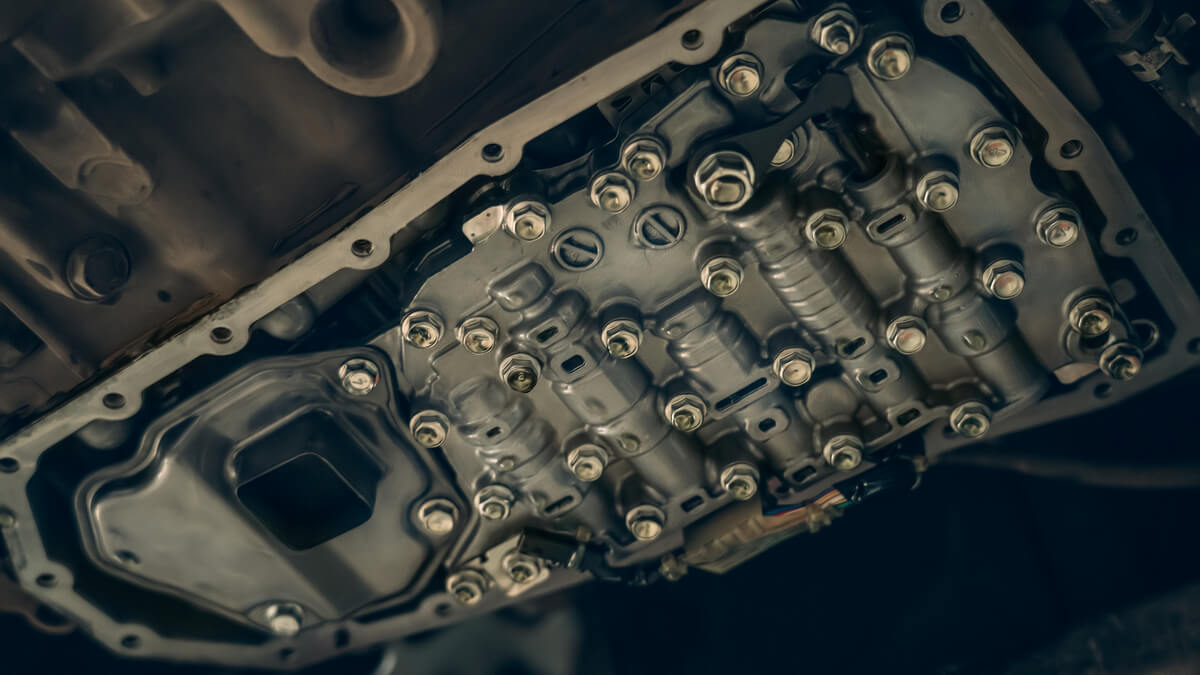
Many people view them as a novelty, but CVT transmissions aren’t what you’d call a new technology. Actually, even Leonardo da Vinci had conceptualized such transmission in the 15th century! That’s long before motor vehicles roamed on the streets, and even long before industrialization.
In the modern era, it was Milton Reeves that invented the CVT transmission in 1879. At first, he used it in sawmilling, but in 1896 applied it to a car. The first commercial vehicle with a CVT was the Zenith V-Twin motorcycle with its Gradua-Gear.
Two years later, the British manufacturer Rudge-Withworth also included such transmission in their motorcycles. Their version was much better in terms of performance and reliability, paving the way for CVTs in modern motorcycles and cars.
However, the Continuously Variable Transmission technology only really caught traction in the late 1950s. Then, a Dutch company called DAF produced small cars with a CVT, which they called the Variomatic. DAF’s transmission looks similar to most modern CVTs – it used two pulleys and a rubber belt.
The most interesting use of a CVT is inside an F1 car. Williams tested such transmission in the early 90s. The project never gained traction, but it proved that CVTs can perform on the same level as other transmission types.
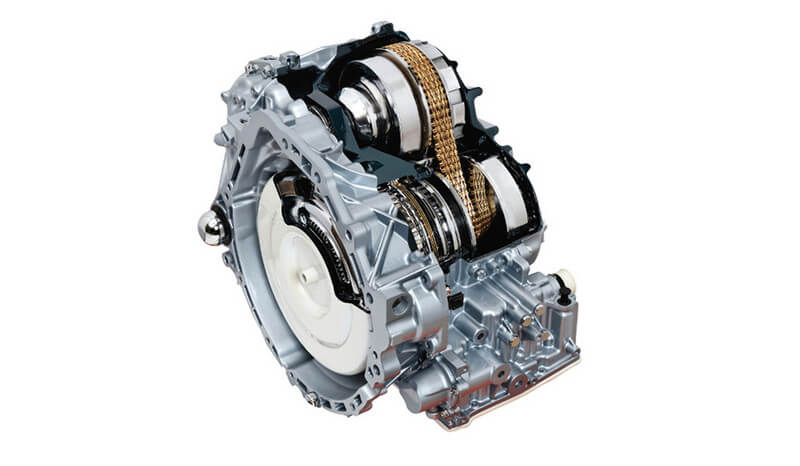 Jatco CVT is making CVT transmissions for Nissan, Chrysler, GM, Mitsubishi, and Suzuki.
Jatco CVT is making CVT transmissions for Nissan, Chrysler, GM, Mitsubishi, and Suzuki.CVTs Use an Already Established Technology
Now, why am I telling you all of this? Well, buyers often overlook CVTs thinking that they might break sooner than regular automatic transmissions. And, they will be right. Every new technology must overcome engineering challenges before it becomes the norm.
And, as you learned by now, CVTs are nothing new. They’ve been around for a while and they will continue to be around for a while. Of course, they are still not as widely used as regular automatics, but that seems to change in recent years. Their bad reputation might be a thing of the past since CVT transmission problems are less frequent now than they were before.
With all that said, you can still find reliability problems with a CVT transmission. Heck, you can even have reliability issues with manuals and automatics for that matter. Fortunately, that doesn’t happen often in today’s age – cars are very reliable.
The question is – how do CVTs stack up against other transmissions in terms of reliability? It’s a question that requires a thorough answer as there are many aspects to consider. Oh, and I will also talk from experience – I worked as a Head of Service in a Toyota dealership. Let’s dig in!
Which Transmission is More Reliable – CVT or an Automatic?
To answer that question, let’s first get into the basic operation of these transmissions.
Torque-Converter Automatic Transmission
Regular automatics use a planetary gear set and a torque converter. These gearboxes consist of many parts, which in the past made them very unreliable.
Today, though, torque converter automatics are thought to be very durable. Over time, engineers overcame many issues with these transmissions. Now, we can safely say that they will last for the lifecycle of the vehicle – 10 years at least. Sure, problems might still arise, but the majority of vehicle owners will have no issues.
Dual-Clutch Automated Gearboxes
In the past two decades, though, car manufacturers started using dual-clutch transmissions. These gearboxes are “automated” and completely different from torque-converter automatics. They look similar to a manual gearbox, only with two clutches. One clutch is for the even and other for the odd gears.
Dual-clutch transmissions can change gears much faster than regular ones, but they aren’t very reliable. In fact, Consumer Reports doesn’t recommend buying some cars with dual-clutch gearboxes due to reliability issues. Most models will be fine, but the technology still isn’t at the level of regular torque-converted automatics.
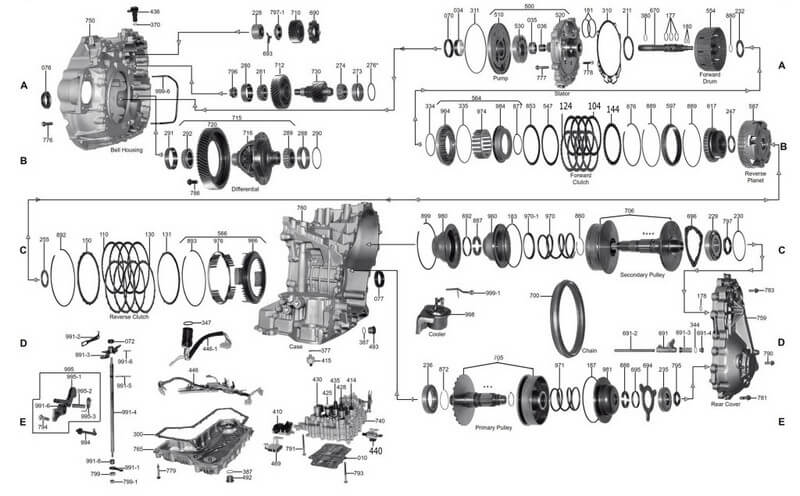 CVT Transmission - Exploded view
CVT Transmission - Exploded viewContinuously Variable Transmissions
CVTs are somewhat similar in that regard. Most vehicles that have these transmissions are super-reliable, especially the Japanese models. And when a CVT is well-engineered, it will work for a very long time. Continuously Variable Transmissions have fewer moving parts than every other type, which often translates into better dependability.
That said, there are still some CVT-equipped vehicles that have problems with the transmission. And, pretty early at that. Nissan vehicles are mostly affected by this, but they are also a manufacturer that uses this technology most often.
In my experience, CVTs are as reliable as regular automatic transmissions and perhaps slightly more reliable than dual-clutch gearboxes. What I will say is – stay away from powerful vehicles with CVTs. These transmissions don’t work very well in high torque applications. In smaller economy cars, though, a CVT should be trouble-free for a long time.
Common CVT Transmission Problems
The biggest issue with CVT transmissions is that once they break, it’s very hard to repair them. Usually, when the chain snaps, it breaks into small parts and shrapnel. These can easily damage other internal parts of the transmission, rendering it completely useless.
Moreover, when this happens, there is nothing left to the technician other than replacing the whole unit. CVT transmissions aren’t very expensive nowadays, but you’re still looking at replacement costs from $3,000 to $5,000.
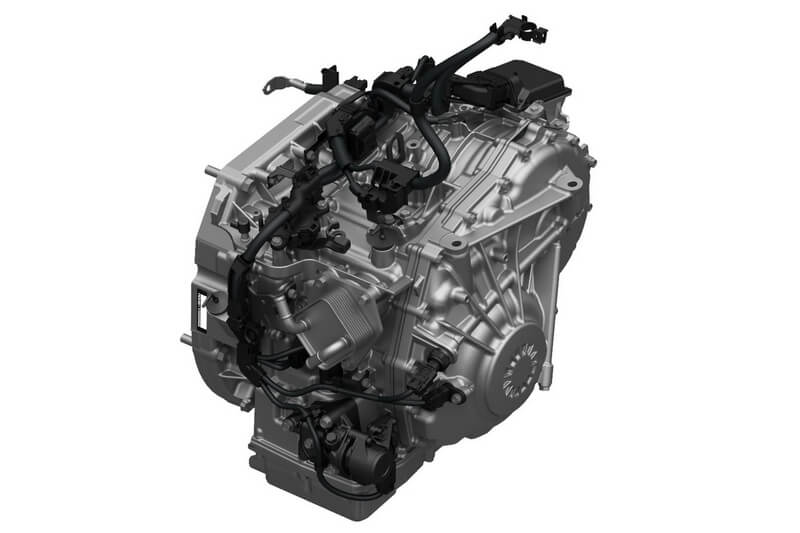 Honda CVT
Honda CVTHow to Prevent CVT Transmission Problems
You can mitigate this with proper maintenance, though. CVT transmissions require regular fluid changes to keep the components inside clean. Any dirt that finished inside the CVT might damage the parts, especially the chain and pulleys.
The thing is, you need to use specialized transmission fluid for these transmissions. CVT lubricants aren’t readily available everywhere, but you should still be able to find them at a certified service. And, there is a reason why you need special lubricants. CVTs operate at higher temperatures, which can hurt the oil’s ability to lubricate the surfaces. Luckily, changing transmission fluid on most cars is not that hard at all. However, some automatic and CVT transmissions might require a specific procedure or equipment. When in doubt, make sure to get your hands on your car's repair manual to learn about the manufacturer's recommended procedure and fluid specifications.
That leads me to another issue with these transmissions – overheating. This doesn’t happen often – I never experienced such an issue. However, a quick search online shows that this happens more often than not.
If you have that issue, perhaps upgrading to a higher-quality lubricant might be a solution. Or, install a transmission-oil cooler! There are many “How To” videos online that will guide you through the process. Just be sure that you already have a background in mechanical work. Otherwise, leave this job to the professionals.
And, of course, you should always follow the exact intervals provided by the manufacturer. Fortunately, CVT transmissions don’t require other expensive maintenance, such as replacing a clutch.
You might also experience whining noise or judders during acceleration in a CVT-equipped vehicle. This is an indication that the oil needs to be replaced, as noise almost always comes for an improperly lubricated chain. Nevertheless, this might also point to an issue with the transmission itself. In this case, it’s best to let a professional mechanic examine it.
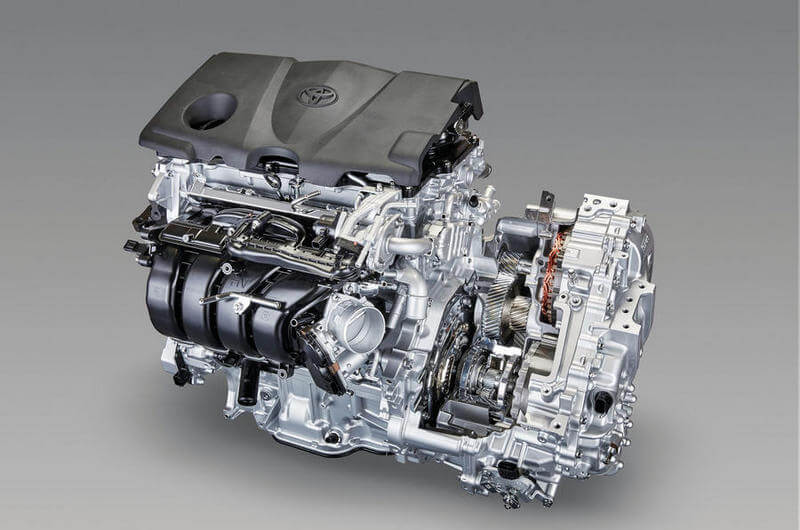 Toyota eCVT
Toyota eCVTHybrid-Vehicle CVTs are Different
Now, everything that we’ve talked by now focused on regular pulley-driven CVTs. There are other types of CVTs, and the most popular is the Hybrid Sinergy Drive or e-CVT from Toyota (also licensed to other manufacturers). The Japanese manufacturer uses this transmission in their hybrids to achieve better fuel economy.
The e-CVT transmission uses a planetary gearset and two electric-motor generators to continuously change gears. In my experience, this gearbox is superior in terms of reliability – I never encountered an issue with one. Also, Toyota and Lexus vehicles with hybrid powertrains are always among the best in dependability studies.
Final Words
You might read all sorts of negative things about CVTs online. Some articles even suggest that these units only last for around 100,000-miles, which is absolutely not true. Continuously Variable Transmissions might’ve had problems in the past, but they are very reliable nowadays. Moreover, if you maintain them right, they might even last longer than regular automatics.
Regular oil changes are a must – these transmissions need excellent lubrication. Additionally, any time you experience noise or judders coming from the transmission, you should examine it right away. If you wait longer, there is a risk that the troubles will only get worse. Then, the repairs will be much more expensive and you might even need to replace the whole unit.
If you’re in the market for a used CVT-equipped vehicle, be sure to read through forums for transmission-related reliability issues. Also, be sure to look for noises, judders, or any strange behavior while test-driving the car. Purchasing an automobile with badly-maintained CVT might reveal to be a costly mistake in the long run!
